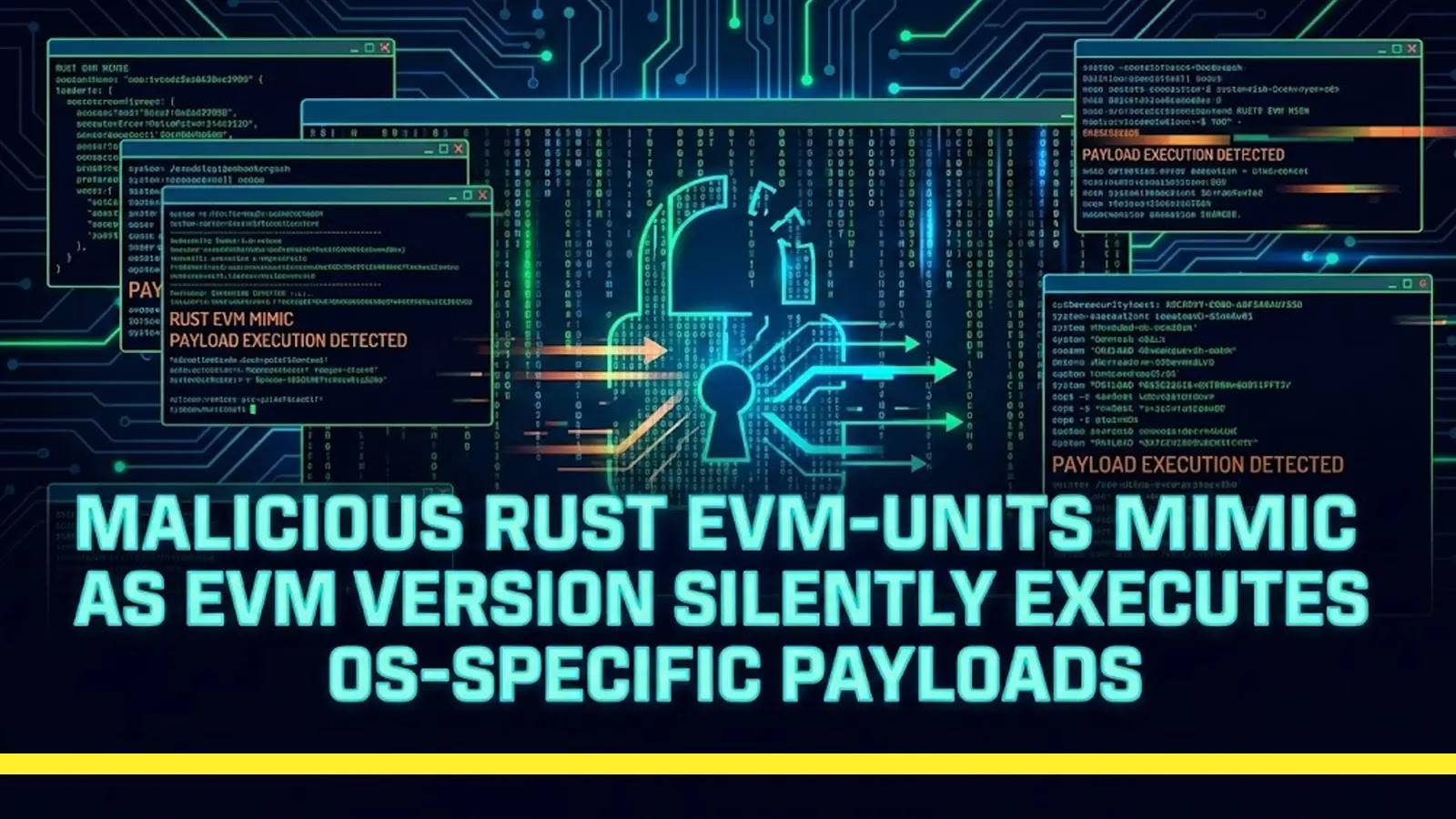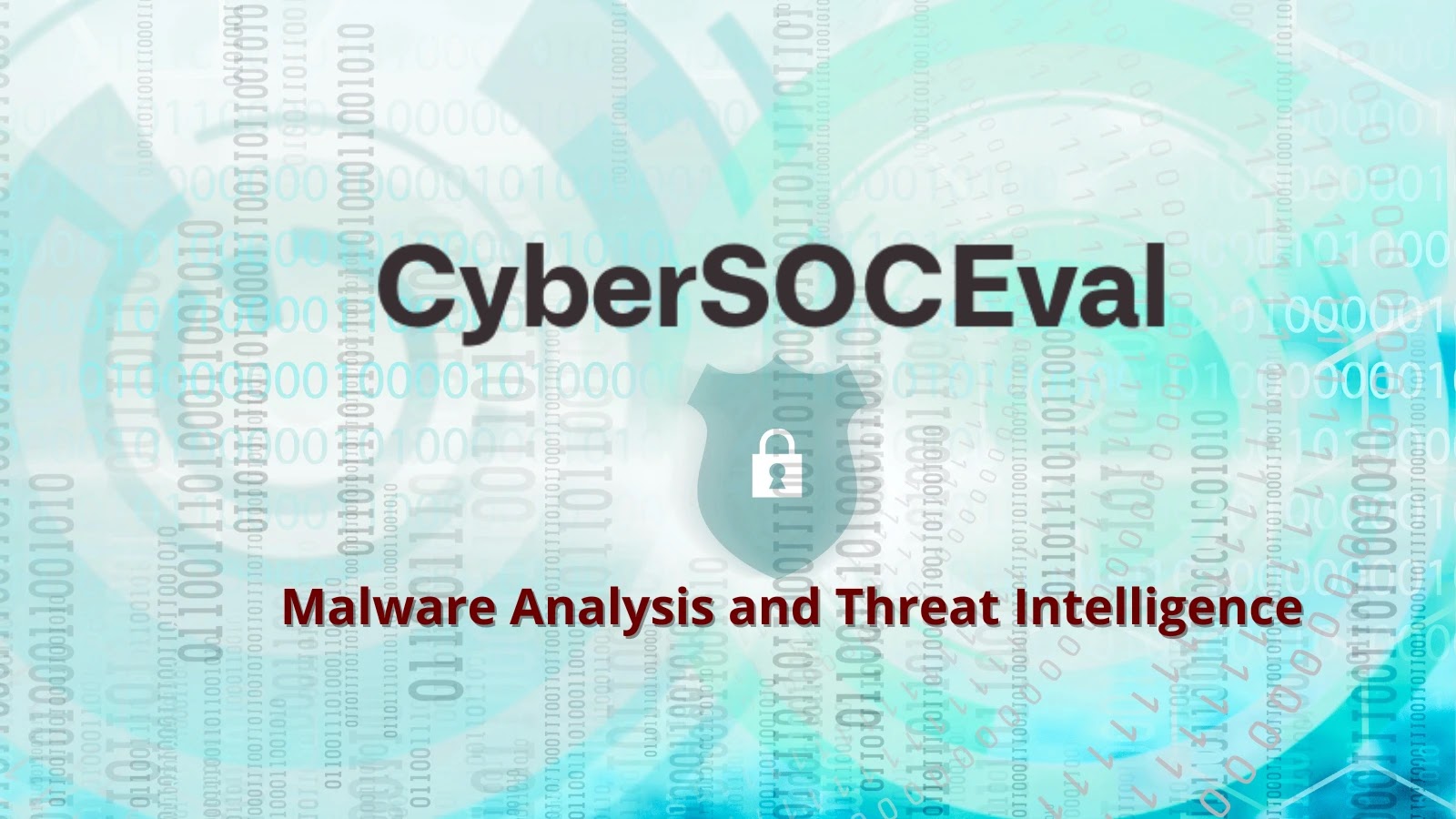In the ever-evolving realm of cybersecurity, the emergence of sophisticated malware poses significant challenges to individuals and organizations alike. One such formidable threat is the Lumma Stealer, an information-stealing malware that has rapidly gained notoriety for its advanced evasion techniques and extensive data theft capabilities. This article delves into the intricate infection chain of Lumma Stealer, its methods of distribution, and the countermeasures necessary to mitigate its impact.
Introduction to Lumma Stealer
Lumma Stealer, also known as LummaC2, is a C++-based malware-as-a-service (MaaS) program designed to infiltrate Windows systems and exfiltrate sensitive information. Since its inception, Lumma has been implicated in numerous cyber incidents, affecting hundreds of thousands of computers worldwide. Its ability to target a wide array of data, including browser credentials, cryptocurrency wallets, and personal documents, makes it a particularly insidious threat.
Infection Chain Analysis
The infection process of Lumma Stealer is meticulously crafted to evade detection and ensure successful deployment. Security researchers have identified a multi-stage infection chain that underscores the malware’s complexity:
1. Initial Loader Execution: The attack begins with a packed .NET executable acting as the initial loader. This loader performs system checks to verify the environment, ensuring it is not running in a sandbox or virtual machine, which are commonly used for malware analysis.
2. Decryption and Execution of Shellcode: Upon validation, the loader decrypts embedded shellcode using a custom routine. It then employs the Windows API function `CallWindowProcA` to execute the decrypted shellcode, effectively transferring control to the next stage of the infection.
3. Process Hollowing and Payload Deployment: The shellcode initiates a technique known as process hollowing, where it creates a suspended process of itself and replaces its memory with the malicious payload. This method allows the malware to masquerade as a legitimate process, thereby evading detection by security solutions.
Throughout this process, Lumma Stealer dynamically resolves critical Windows APIs by parsing the Process Environment Block (PEB) and Export Address Tables. This dynamic resolution avoids static import dependencies, further complicating detection efforts.
Distribution Methods
Lumma Stealer’s operators employ various distribution vectors to maximize the malware’s reach:
– Phishing Campaigns: Deceptive emails containing malicious attachments or links are crafted to lure recipients into executing the malware.
– Malicious Advertisements (Malvertising): Compromised or fraudulent advertisements on legitimate websites redirect users to malicious sites hosting the malware.
– Compromised Websites: Legitimate websites are infiltrated to serve as distribution points, unknowingly delivering the malware to visitors.
These methods are often accompanied by social engineering tactics, such as fake CAPTCHA pages, which prompt users to execute malicious scripts, thereby initiating the infection chain.
Global Impact and Response
Between March and May 2025, Microsoft’s Threat Intelligence team identified over 394,000 Windows computers globally infected by Lumma Stealer. This widespread impact prompted coordinated international law enforcement actions. The U.S. Department of Justice, Europol, and Japan’s Cybercrime Control Center collaborated to seize Lumma’s control panel and infrastructure worldwide. Despite these efforts, threat actors have demonstrated resilience, with indications of continued activity and adaptation.
Advanced Evasion Techniques
Lumma Stealer employs several sophisticated evasion tactics to maintain persistence and avoid detection:
– Process Hollowing: By injecting malicious code into legitimate processes, the malware conceals its presence from security tools.
– Dynamic API Resolution: Resolving Windows APIs at runtime prevents static analysis tools from easily identifying malicious behavior.
– Anti-Sandbox Mechanisms: The malware detects virtualized environments and delays execution until sufficient human-like activity is observed, thereby evading automated analysis systems.
Mitigation Strategies
To defend against Lumma Stealer and similar threats, organizations and individuals should implement comprehensive security measures:
– Endpoint Protection: Utilize advanced endpoint detection and response (EDR) solutions configured to block and remediate malicious artifacts.
– Network Security: Enable network protection features to prevent communication with known malicious domains and IP addresses.
– User Education: Conduct regular training sessions to raise awareness about phishing tactics and the importance of verifying the authenticity of emails and websites.
– Multi-Factor Authentication (MFA): Implement MFA to add an additional layer of security, making it more difficult for attackers to gain unauthorized access.
– Regular Updates: Ensure that all software, including operating systems and applications, are up to date with the latest security patches.
Conclusion
The Lumma Stealer exemplifies the evolving sophistication of cyber threats in the modern digital landscape. Its complex infection chain, advanced evasion techniques, and widespread distribution underscore the necessity for robust cybersecurity practices. By understanding the mechanisms of such malware and implementing proactive defense strategies, individuals and organizations can better protect themselves against these pervasive threats.



